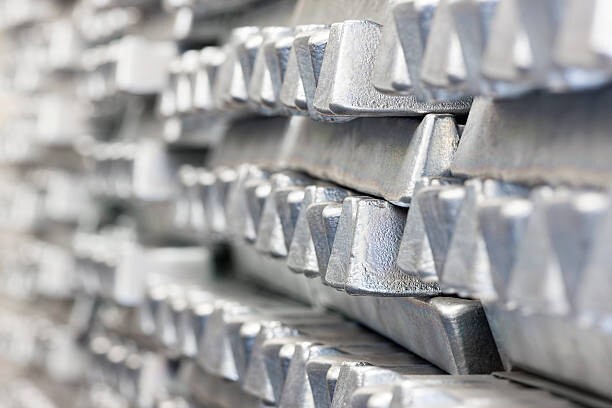2024 imports of aluminium alloy ingots up 7% Y-o-Y, with multiple factors expected to cause a subsequent decline
According to customs data, in December 2024, China's imports of unwrought aluminium alloy reached 105,600 tonnes, down 6.5 per cent Y-o-Y and up 3.6 per cent M-o-M. From January to December 2024, cumulative imports totaled 1.2131 million tonnes, up 7.1 per cent Y-o-Y. In December 2024, exports of unwrought aluminium alloy amounted to 21,200 tonnes, up 7.5 per cent Y-o-Y and 5 per cent M-o-M. From January to December 2024, cumulative exports reached 242,300 tonnes, up 0.3 per cent Y-o-Y.

From the perspective of import sources, in December 2024, the top five countries for China's imports of unwrought aluminium alloy were Malaysia (44,000 tonnes), Thailand (14,300 tonnes), Russia (10,300 tonnes), South Korea (10,200 tonnes), and Indonesia (4,100 tonnes). Among them, Malaysia experienced a significant decline in imports in November due to port congestion. However, as the congestion eased, imports from Malaysia increased by 6,700 tonnes in December, becoming the main driver of the month's import growth, while imports from other countries slightly decreased.
For the whole year of 2024, Malaysia remained the largest source of unwrought aluminium alloy ingot imports, with a total of 521,300 tonnes, and its share rose from 42 per cent in 2023 to 43 per cent. The other major sources were Thailand, Vietnam, Russia, and South Korea, with shares of 14.2 per cent, 7.9 per cent, 7.7 per cent, and 6.1 per cent, respectively. The top five countries accounted for 79 per cent of the total, up from 75 per cent in 2023. Imports from Thailand saw the largest increase, up 59,000 tonnes YoY to 172,000 tonnes.
On the export side, Japan remained the largest destination for domestic aluminium alloy ingots in 2024, accounting for 49 per cent, followed by South Korea and Mexico, with the three countries collectively accounting for about 78 per cent. The primary trade modes were processing with supplied materials and processing with imported materials, accounting for 64 per cent and 22 per cent, respectively, while Ordinary Trade accounted for only 0.6 per cent.
Overall, driven by increased imports from Malaysia, imports of unwrought aluminium alloy ingots in December 2024 increased slightly MoM. After mid-November, due to the price spread between domestic and overseas markets turning negative and the depreciation of the RMB, imports of ADC12 remained in a loss-making state, and the import window closed. By the end of January, overseas prices for imported ADC12 had pulled back to $2,420-2,440 per tonne, and the immediate losses on imported ADC12 gradually narrowed to near the break-even point, eventually turning into a slight profit. Considering the losses on imports and the impact of the Chinese New Year holiday, aluminium alloy ingot port arrivals in January-February are expected to decline slightly.
For the full year, imports in 2024 increased by 80,000 tonnes Y-o-Y to 1.21 million tonnes, up 7 per cent Y-o-Y. The import volume of aluminium alloy ingots in 2023 was the lowest since the import window opened in 2020, and total imports rebounded in 2024. Policy changes may affect imports in 2025. On November 15, 2024, the Ministry of Finance and the State Taxation Administration issued the "Announcement on Adjusting the Export Tax Rebate Policy," which canceled export tax rebates for aluminium products starting December 1, 2024. The listed products did not include aluminium alloy, and since aluminium alloy exports are mainly conducted through processing trade, the actual impact is relatively small. However, the cancellation of export tax rebates for aluminium semis may push up overseas aluminium prices. Additionally, with the growing overseas aluminium scrap processing industry in recent years, competition for aluminium scrap purchases from overseas has intensified, leading to an expected increase in aluminium scrap prices, which could drive up aluminium alloy ingot prices. Under losses, subsequent import volumes are expected to decline. Furthermore, Chinese secondary aluminium plants established overseas prioritize supplying local downstream enterprises, making it difficult to supplement the domestic market on a large scale. It is also worth noting that the new aluminium scrap import policy explicitly allows the free import of standard-compliant secondary wrought aluminium alloy raw materials. Approximately 40 per cent of imported aluminium alloy ingots are remelting ingots used by secondary aluminium plants. With the implementation of the new policy, secondary aluminium plants may directly purchase aluminium scrap as raw material, potentially reducing the procurement of remelting ingots.
This news is also available on our App 'AlCircle News' Android | iOS




.gif/0/0)

















